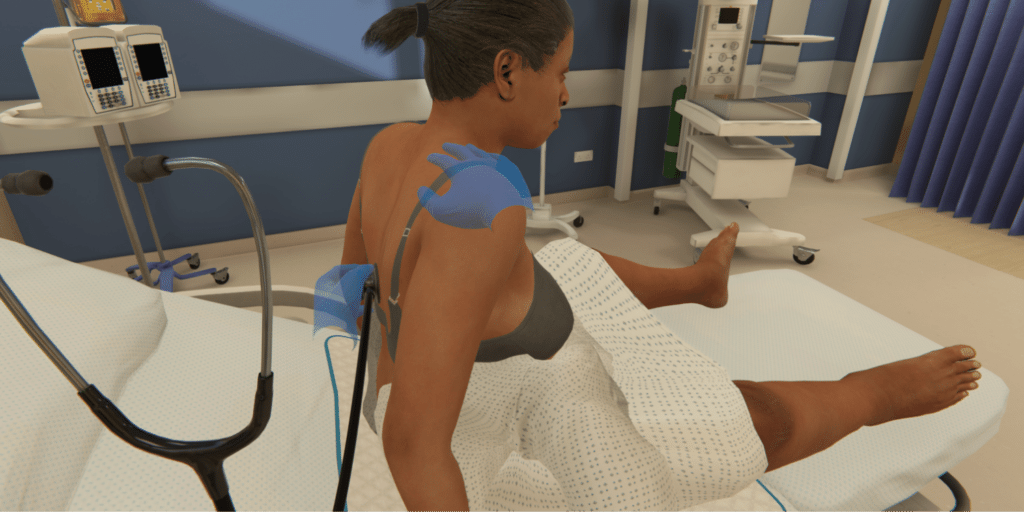As a simulation professional, you or your team have likely considered the possibility of adding maternal simulation to your curriculum.
There are many benefits to doing so – providing sought after opportunities to learn ‘hands-on’ techniques, preparing learners for certification and making-up for missed clinical opportunities, just to name a few.
However, many quickly learn that the obstacles can outweigh the opportunities. Maternity manikins are expensive, require specialist knowledge to set-up and are challenging to maintain. From creating artificial blood to properly lubricating the fetus, creating realistic maternity simulation requires unique accessories and takes exponentially longer to set up than traditional simulation scenarios.
Maternity simulation requires multiple technicians to manage the computer, control manikin movements and sometimes vocally role-playing a laboring mother. Once a simulation is complete, there is the arduous task of cleaning and preparing the manikin for reuse or storage. By the end of the scenario, many techs are cursing the day their maternity simulation lab was born!

So, why would anyone stick it out to create maternity simulation?
Maternal mortality impacts an astonishingly high number of women. In 2017, 295,000 women worldwide died from preventable causes related to pregnancy and childbirth. That is a staggering 810 women per day. In the United States, maternal mortality is 33:100,000 live births. Shockingly, maternal mortality among black women is more than double that of white women in the United States and five times more likely in the United Kingdom.
Increasing numbers of women with high-risk conditions with inherent risks of complications as well as institutional policies limit opportunities for nursing students to gain hands-on training in maternal care. Yet, all nursing students, including LPN and nurses, trained in a 2-year program must prove MCH competency on NCLEX.
Governing bodies, such as JCAHO, are also seeking to decrease maternal mortality with compliance directives. Hospitals will be required to increase staff education, emphasizing hemorrhage and hypertension and preeclampsia (PPH and PreE). As part of the directive to increase education, annual drills will be standard procedure to help identify and improve quality issues. These will be in addition to any hospital system requirements already in place.
As sobering as these figures are, the most impactful is that an estimated 60% of maternal deaths are preventable.

If you could improve maternal outcomes, would you? If the data proved that skilled care before, during and after childbirth saved lives, would you create an opportunity to train more practitioners? That, simply put, is why simulation labs endure the cost, difficulties and agony of maternity simulation.
Our team saw an opportunity to deliver pain-free simulation – no epidural needed.
At OMS, we strive to improve patient outcomes by helping nursing students and hospitals meet their educational goals through immersive Virtual Reality (VR) simulation. In the first of a new library of Maternal Care scenarios, participants can gain much-needed practice in caring for a high-risk obstetric patient.
Patricia is the first patient, presenting with preeclampsia. The OMS VR system allows participants to fully assess Patricia through history, examination, vitals and investigations, and provide management efficiently, effectively and sensitively. The comprehensive scenario hones critical care pathways, including:
Caring for the ‘invisible patient’ through fetal monitoring
Dynamic EFM for strip review
Delivering medication in pregnancy
Exploring risks around preeclampsia (placental abruption, stroke, eclampsia etc.) and markers of deterioration
Exploration of potential next steps depending on both maternal and fetal condition
The immersive scenario delivers an incredibly realistic virtual clinical experience, providing a real opportunity for learners to engage in the global initiative to improve maternal health outcomes.
Point-by-point, VR provides the experience learners need to provide care that returns more moms and babies safely home.
For a demo of the software, or to get a free trial of the maternity scenarios in your insitution, please use the link below.